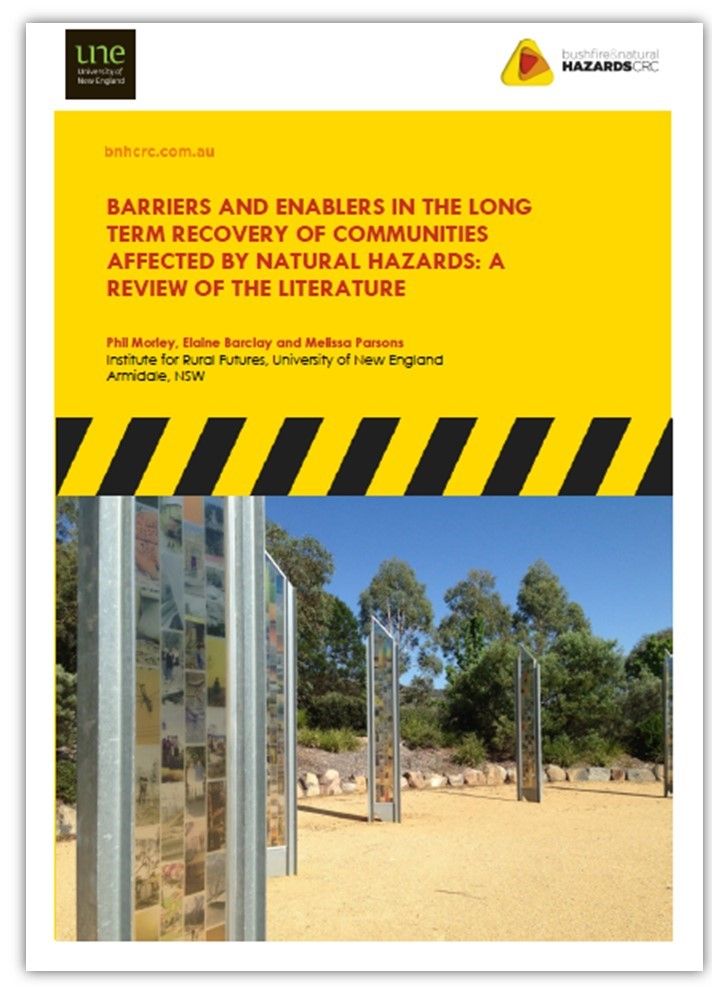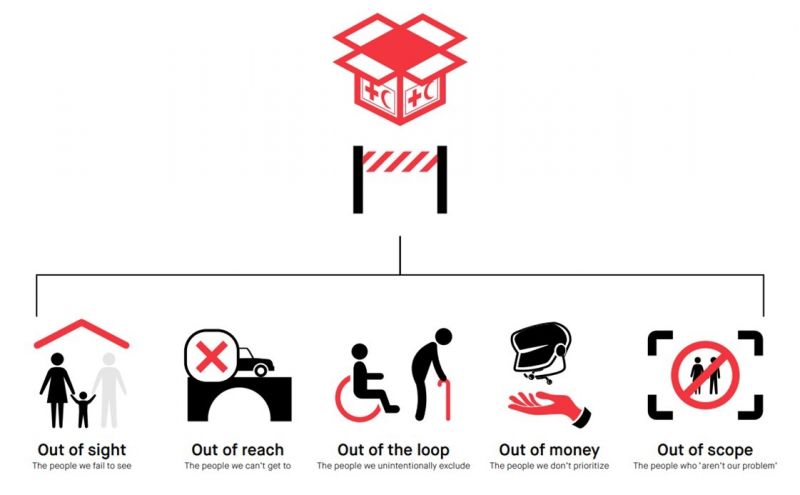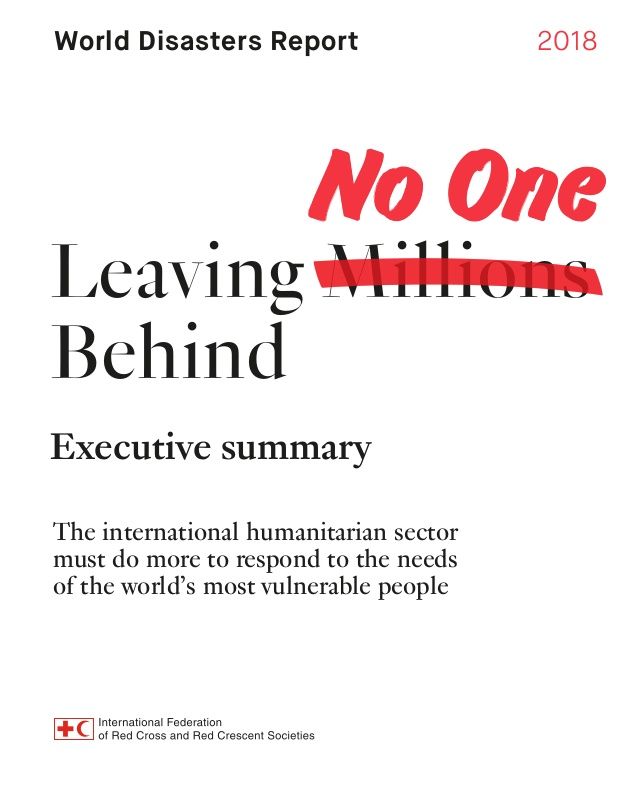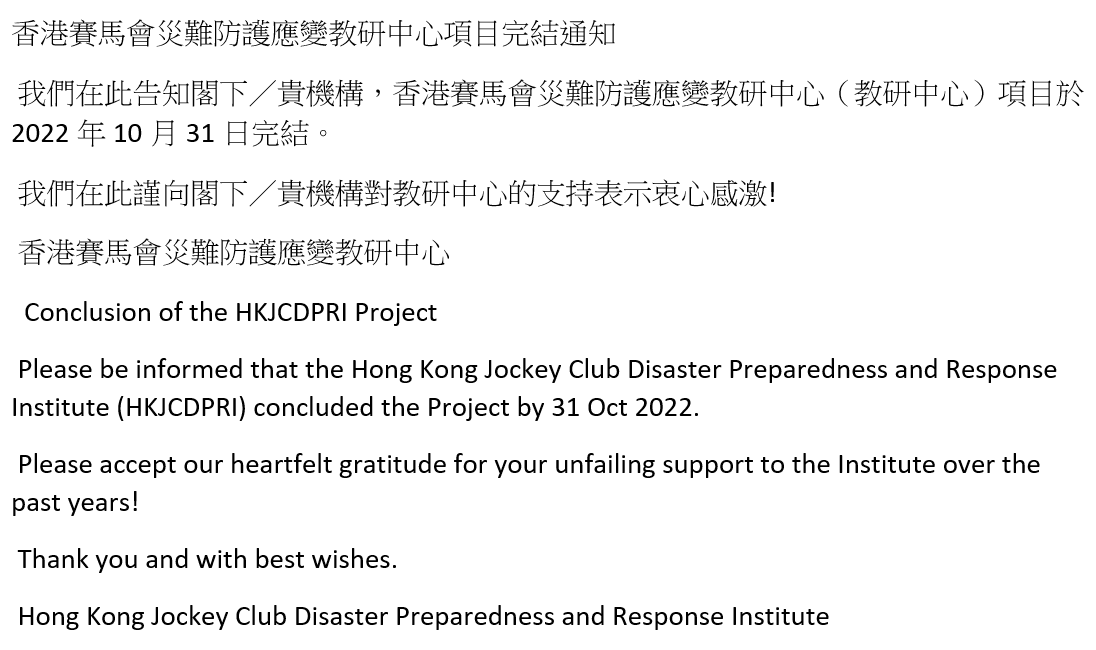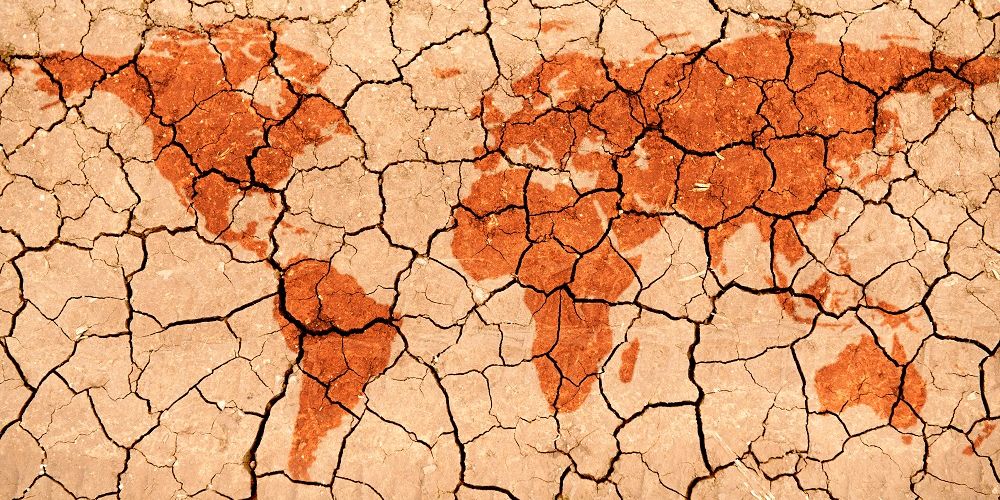You are here
出版物 & 研究
出版物 & 研究

出版物 & 研究
香港賽馬會災難防護應變教研中心的出版物涵蓋了教研中心跟合作夥伴、顯赫學術機構的研究項目,以及有關災難防護和應變的其他研究與開發。
指引列出了教研中心特別揀選的災難管理技術資訊、操作指引和有用工具。
博客提供了一個平台,讓持份者能分享與災難有關的最新動態、意見及經驗分享。
博客文章由作者以個人身份或代表所屬單位撰寫。內容表達的觀點、思維及意見純屬作者個人想法,並不代表香港賽馬會災難防護應變教研中心的立場。
公眾可在尊重知識產權情況下,使用所有資料,並必須適當引述出處。
2020
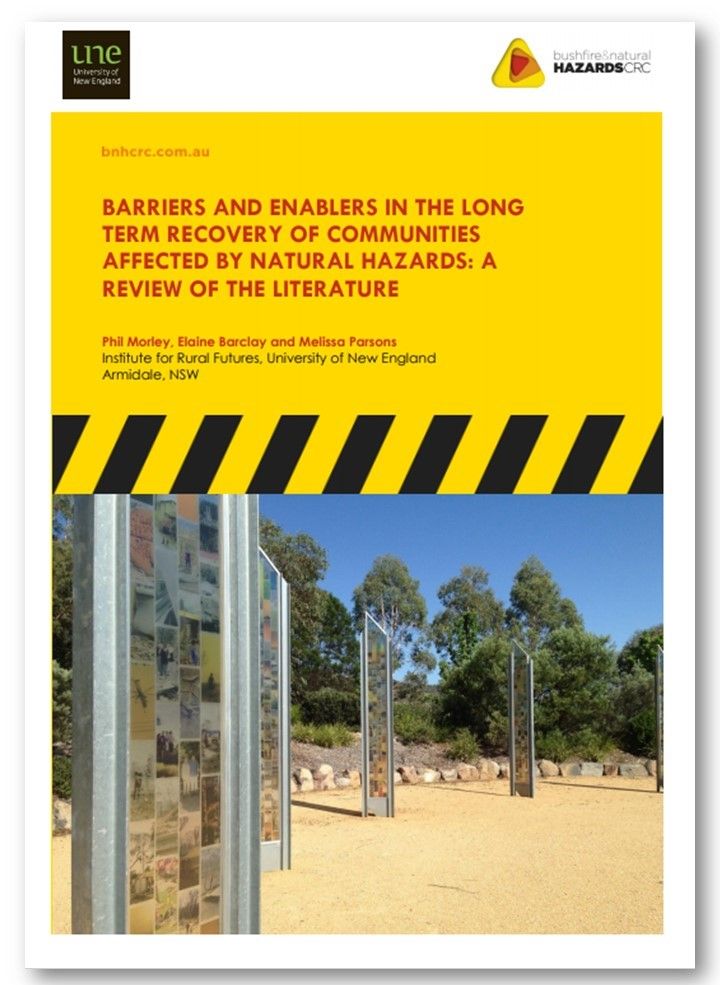
[本文只供英語版本]
[本文只供英語版本]
Four phases of disaster management are well-established in disaster related literature. The phases are emergency relief, recovery and reconstruction, mitigation, and preparedness. Long-term recovery is the process of restoring a community to a stable and functional state. An effective long-term recovery support to disaster-impacted communities enables the community to restore, redevelop and revitalise the environmental, social, economic fabric of the community and build resilience. Recovery should begin during response and aim to return the disaster-impacted area to pre-disaster status, or even better than before.
The report “Barriers and enablers in the long term recovery of communities affected by natural hazards: A review of the literature” , published by the Bushfire and Natural Hazards CRC, reviewed Australian and international literature on the long term recovery of communities that have been impacted by natural hazards. The review identified the barriers and the enablers of effective long term recovery. The key findings are:
- Research into disaster recovery has been dominated by research on disaster planning, prevention and response, and there has been a dearth of research on long term recovery. Thus research needs to focus on long term recovery as the costs, both financial and social, are significant.
- Recovery in the long term is a complex process with no clear end point. The process is not linear from short term to long term recovery, and nor are the same actors involved in short term and long term recovery.
- Local communities and their associated capitals are the core of successful recovery and thus community engagement needs to be central to immediate, short, medium and long term recovery policy and practice.
- There is a need for a greater focus on restoration of environment and the community in line with the traditional response to restoration of the built environment.
- Importantly there is a need to develop national monitoring and evaluation framework for long term recovery as most evaluations focus on the immediate response and short term response and lack consistency.
For full report, please visit this link: https://www.bnhcrc.com.au/publications/biblio/bnh-6568
By Hong Kong Jockey Club Disaster Preparedness and Response Institute
2019
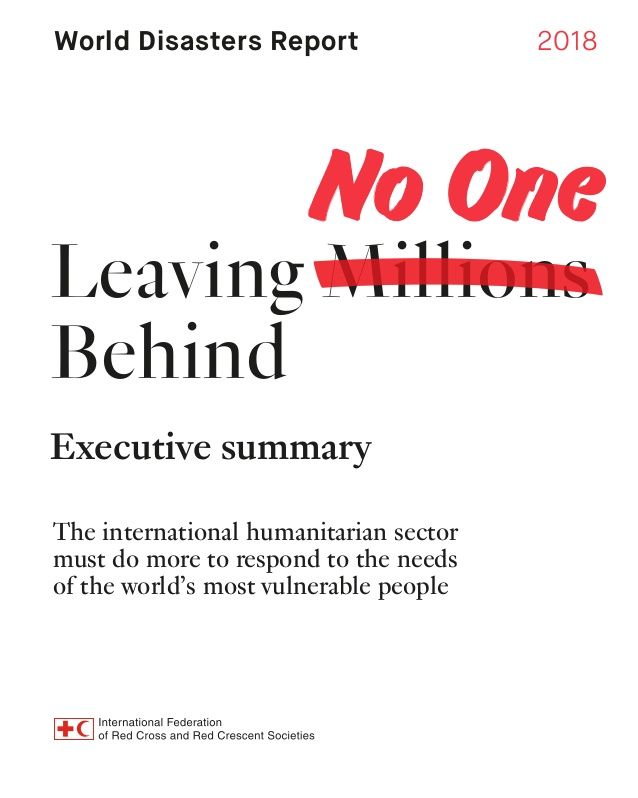
[中文翻譯版本即將推出]
[中文翻譯版本即將推出]
The first World Disaster Report was published in 1993 with the aims of bringing up the latest trends, facts and anlysis of comtemporary disasters and the impact of disasters on vulnerable people in the globe. It is convened by the International Federation of Red Cross and Red Crescent Societies (IFRC) annually to bring together researchers, humanitarian workers and various experts to highlight the most imperative emerging issues as a key reference document for disaster management practitioners.
With a theme of "Leave No One Behind", the 2018 World Disaster Report lays out the problem that vulnerable people with significant humanitarian needs are left behind by the humanitarian sector in some situations. The report tries to examine the factors which cause the most vulnerable communities to be missed out, i.e. why they are "out of sight". The five factors that the report describes as the reasons of missing out those people in need of assistance are summarised in the diagram shown below. Apart from these five reasons, the report looks into the factors that inhibit the presence of internationally funded humanitarian assistance in the emergency field. These factors include: political, security and physical environment issues.
The five factors that the report describes as the reasons of missing out those people in need of assistance (source: IFRC World Disaster Report 2018)
The report sets out recommendations in six main areas, and addresses specific calls to action in each area to government, international humanitarian organisations and donors. It also calls for a more conscious and transparent approach to ensuring the people in greatest needs will be prioritised for humanitarian assistance. The six main areas of recommendations are:
- Getting the incentive right
- Recognising and supporting the role of local humanitarian action
- Adopting a community-centred, participatory approach
- Taking up our shared responsibiity for resilience
- Inproving appropriate use of data and technology
- Addressing the critical cases
For details, please view the full report or executive summary on IFRC's World Disaster Report 2018 - Leave No One Behind webpage.
By Hong Kong Jockey Club Disaster Preparedness and Response Institute
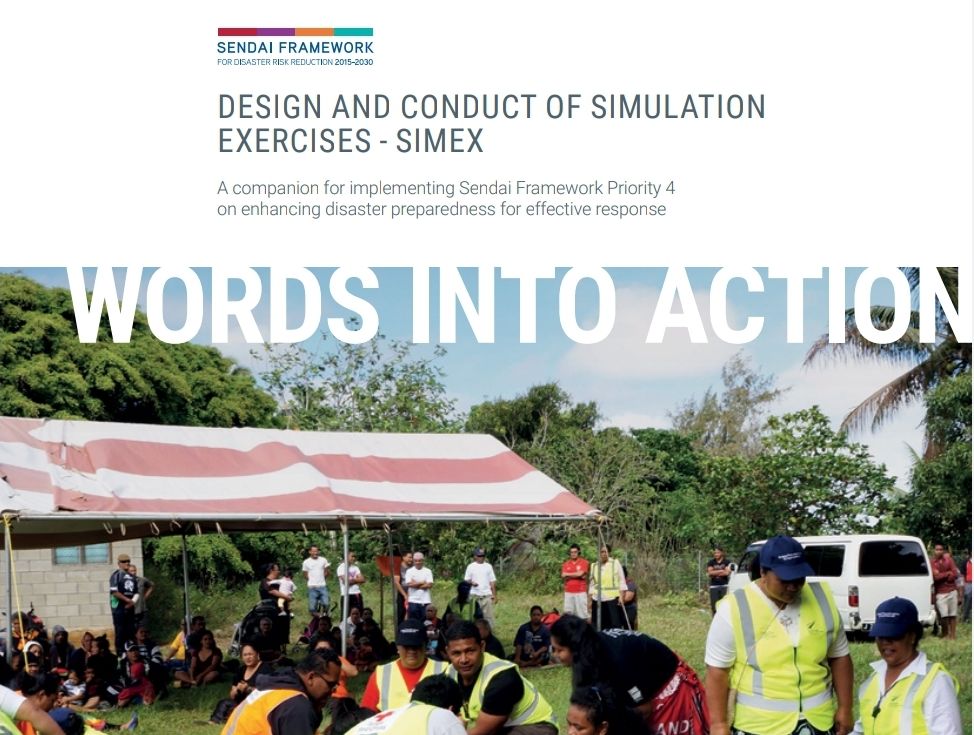
《模擬演練指引》(公眾諮詢版本)由聯合國減少災害風險辦公室出版,目標對象以災害應急管理事務經理、相關政府部門及其他負責籌劃防災演練的人員為主。指引主要共有三個部分,分別為:「模擬演練基本資料」、「模擬演練程序」,當中包括計劃、設計、執行和演練後匯報以及「現行指引」。
「現行指引」的章節更推薦模擬演練指導文件供延伸閱讀,當中包括由世界衛生組織、瑞典民事災難事故管理局、新西蘭政府等出版的讀物。
該指引屬聯合國減少災害風險辦公室《模擬演練指引》系列中的一部份,内容是有關推行「仙台減災綱領」第四項重點— 提高防災能力以作出有效應對。現時的指引為公眾諮詢版本是經過漫長而審慎的起草、諮詢和檢閱過程後制訂。公眾可於2019年12月14日或之前到PreventionWeb瀏覽指引。如欲了解更多,請瀏覽公眾諮詢頁面。
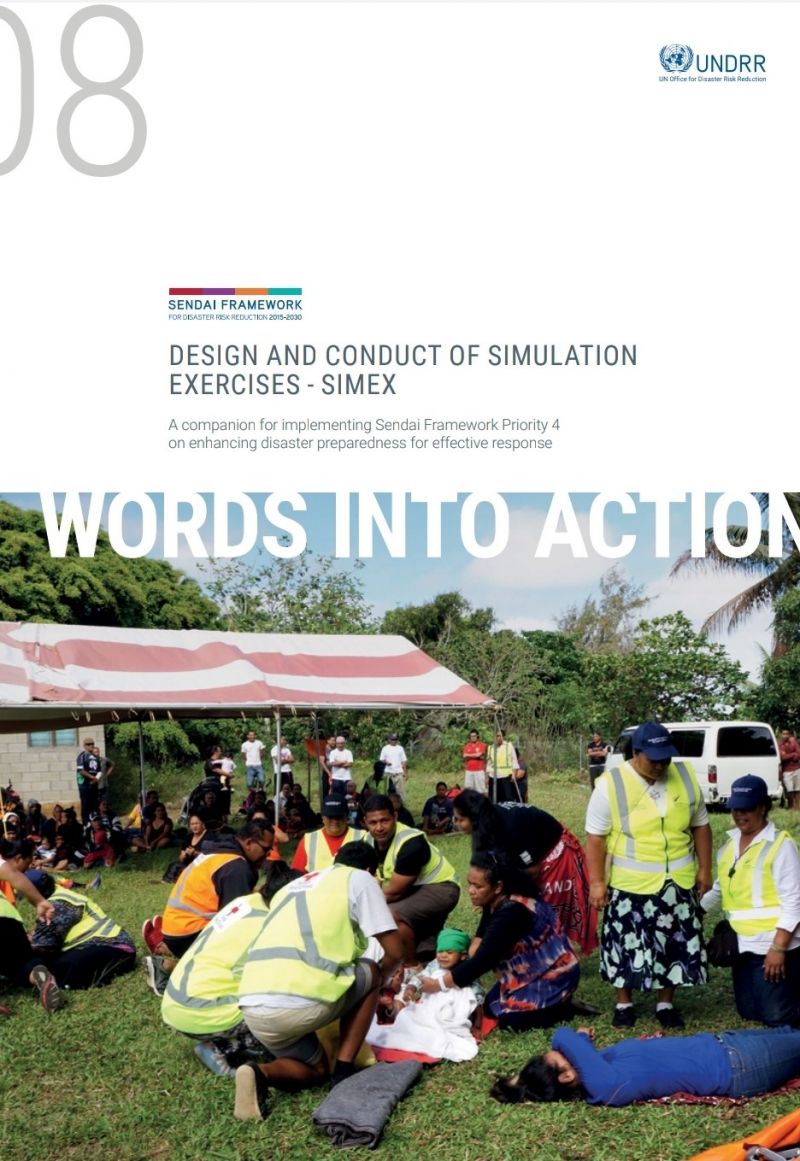
《模擬演練指引》(公眾諮詢版本)
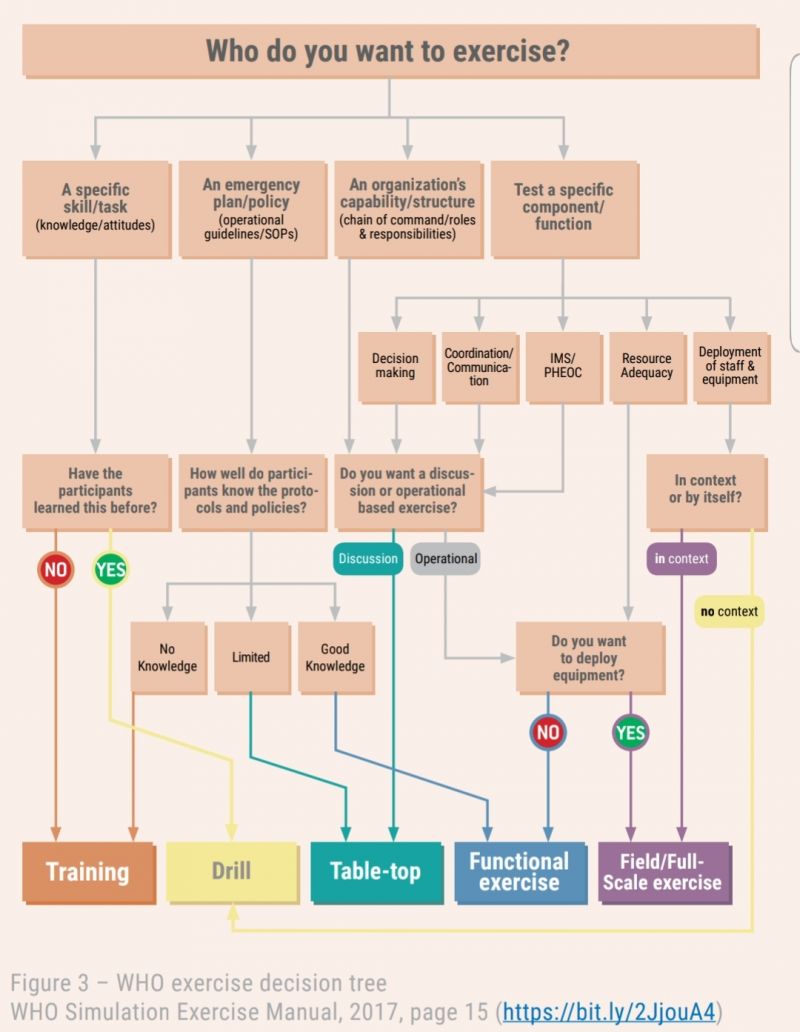
如《世界衛生組織模擬演練手冊2017》所示,決策樹有助於選取演練的類型
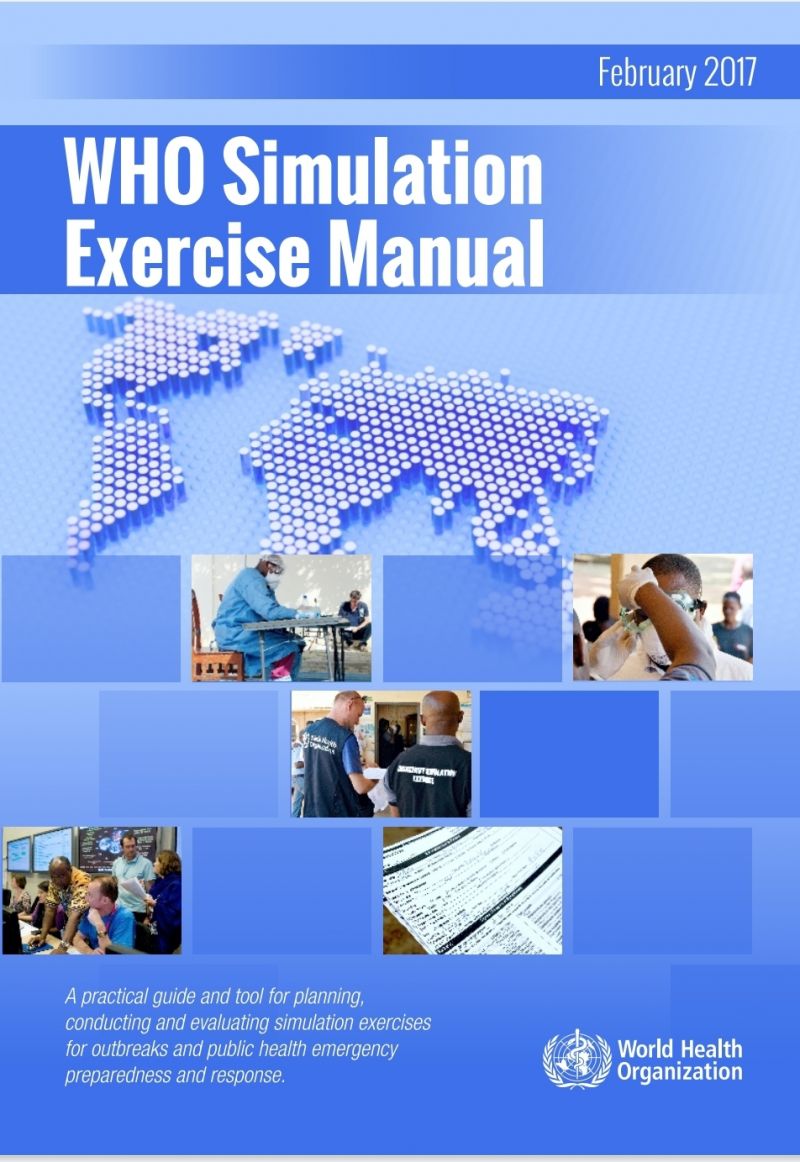
《世界衛生組織模擬演練手冊》是《模擬演練指引》(公眾諮詢版本)建議的其中一份指導文件
香港賽馬會災難防護應變教研中心 2019年11月28日

[中文翻譯版本即將推出。]
New Indicators of Resilience added to the Safe Cities Index 2019. Tokyo, Singapore and Osaka ranked top 3.



